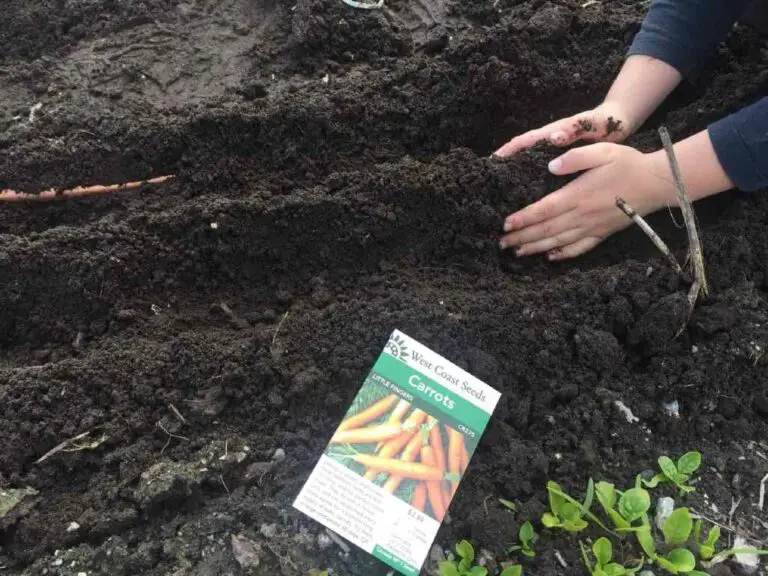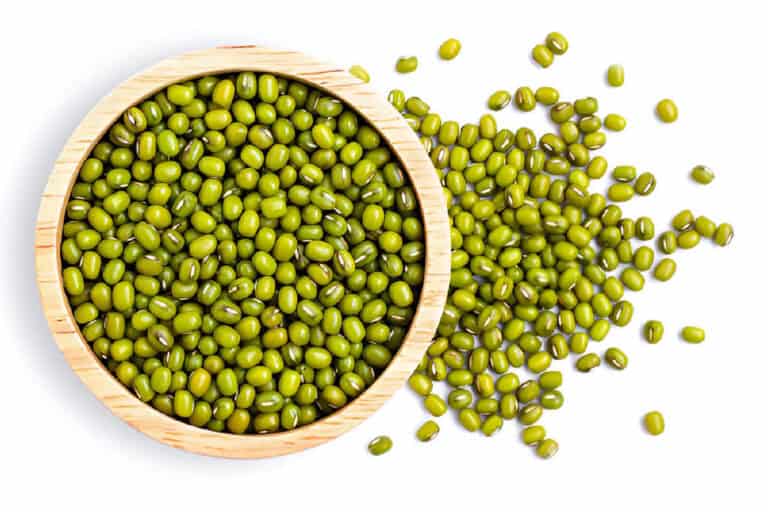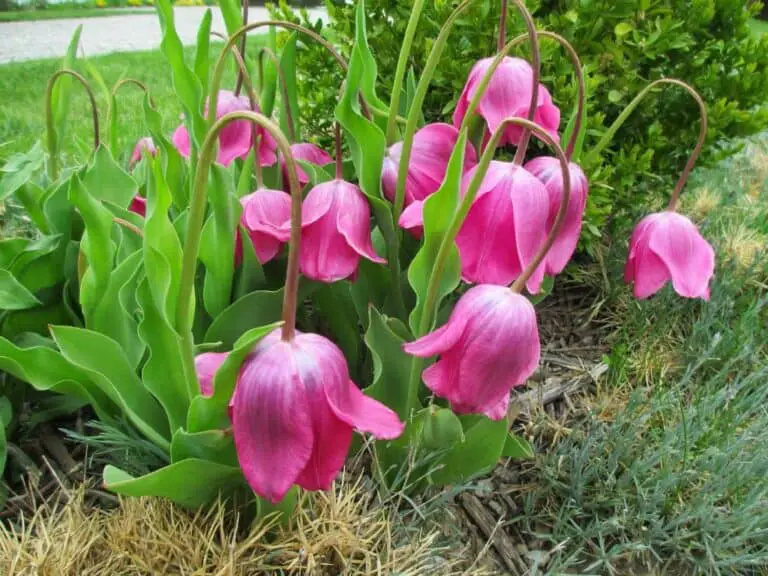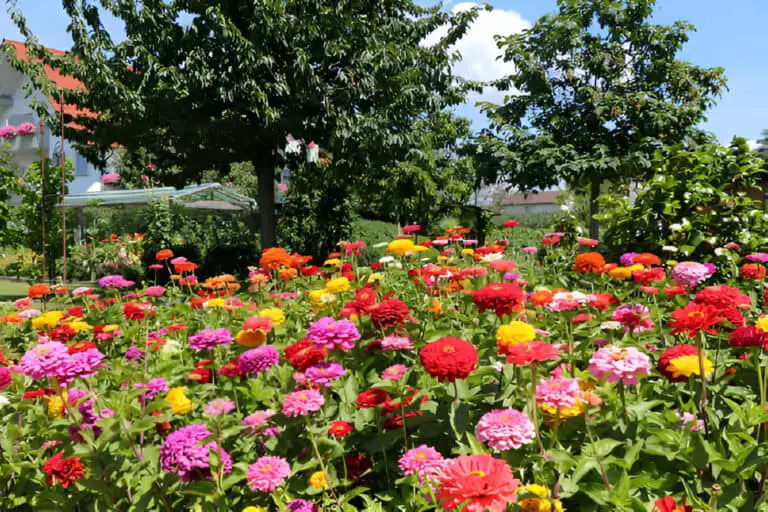How to Permanently Get Rid of Grass: 5 Effective Methods
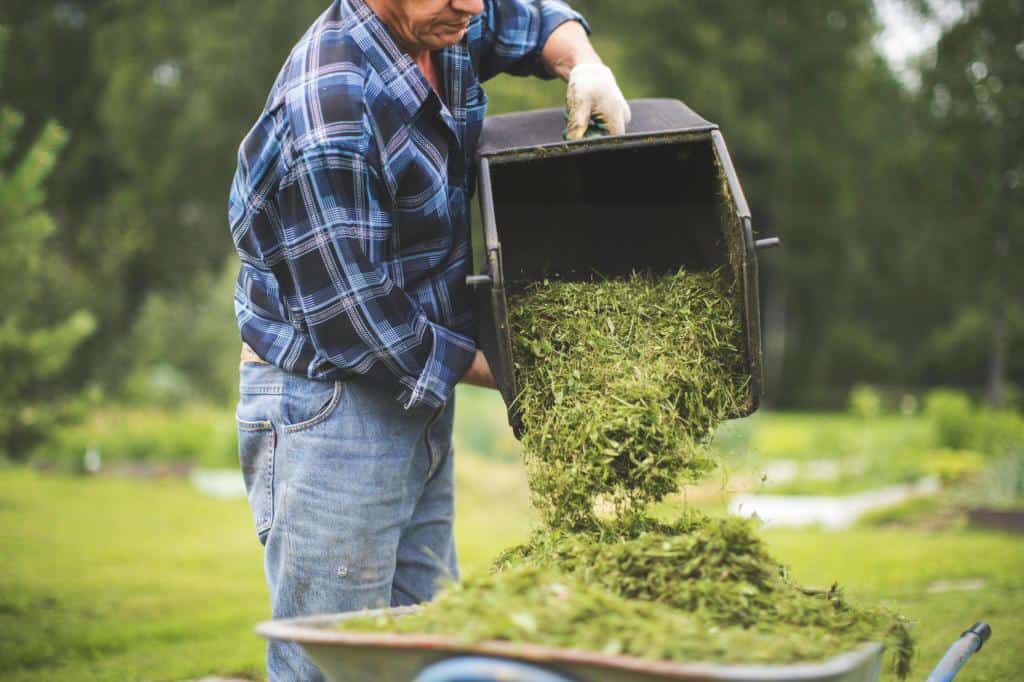
Are you tired of fighting with overgrown grass and unwanted weeds on your lawn? Maybe it’s time to consider doing something challenging and remove them permanently.
Permanently removing grass or weed can be a daunting job, especially if it’s a big lawn. Whether you want to pave a lawn space or make a new flower bed, you have to remove the grass. Permanently Removing the grass may prevent them from regrowing within the same week.
Some think that growing food in the lawn is a better idea than growing useless grass anyway. Growing vegetables or fruits is a great idea, and you have to remove the grass in that case permanently. There are several ways to remove grass permanently that I’m going to share with you. Stick to the article if you’re trying to know how do I permanently get rid of grass from the lawn.
Maintaining Grass Lawns With Permanent Solutions
Maintaining a grass lawn can be a challenging endeavor. Grass requires regular watering, mowing, and fertilization, and even with the best care, it can be prone to pests and diseases. These demands can be costly and time-consuming. So, many homeowners are rethinking their landscaping choices. Also, climate and soil can make it hard to maintain a healthy lawn. This often leads to patchy growth or too many weeds.
Opting for permanent solutions to eliminate grass can offer numerous benefits. First, it significantly reduces the time and money spent on lawn maintenance. Without grass, homeowners can make their yards into low-maintenance landscapes.
Many replace grass with drought-resistant plants, gravel, or decorative stones. This creates a pretty, low-maintenance outdoor space.
Also, these options can save water and boost the garden’s biodiversity. In the long run, removing grass can create a better outdoor space. It will be more sustainable and enjoyable. So, it’s worth considering for those frustrated with lawn care.
Should I Remove My Grass, Or Simply Cover It Up?
There are several ways to prepare your lawn or a grass area for a different purpose, as an edible garden. Although permanently getting rid of the grass is the most practiced and effective way, you can also cover it up. Changing the landscape by covering up the whole grass area means you’re planting your new plants on top of them.
You can also go for both at the same time and make a new face for your garden. You have to remove the grass only from the places where you’re planting new and leave the pathways. It can even be a money and time-saver choice as you won’t have to build the pathways with new investment.
How Do I Permanently Get Rid Of Grass?

One of the most effective ways to permanently get rid of grass is to solarize your lawn and kill the grass. The process is more effective if you have a large land to cover for permanent grass removal. It’s also an economical way to do the job as you won’t have to invest in hiring a professional for it.
The process is pretty straightforward as well; all you have to do is, exposing the grass root to high heat and cooking it up. Cut the grass in a small length, get a big plastic or glass, and cover the treated space. It will provide extensive heat to the roots and burn them up and keep them from growing back.
Quick Ways to Remove Grass
You must remove the grass permanently from the place you’re going to do or grow something else. Or, the regrown grass may become a big problem for you later and interrupt the new plants. Here are the steps you need to know if you’re asking how do I permanently get rid of grass:
Prepare the land
Before you start removing the grass from the land, you must prepare the land for the removal. You must make the land semi-damp with water if it is hard and too stiff to release the grass. Pour water all over the place until the soil is semi-dry and ready to release the grass upside down. When you poke the grass from the root, it will come up entirely and won’t have any leftovers to regrow later. However, don’t over damp it and turn the soil into mud that makes a mess when you’ll try to collect the removed grass.
| Also read: How to Prevent Grass From Growing in Gravel |
1. Manually Remove Grass with a Shovel
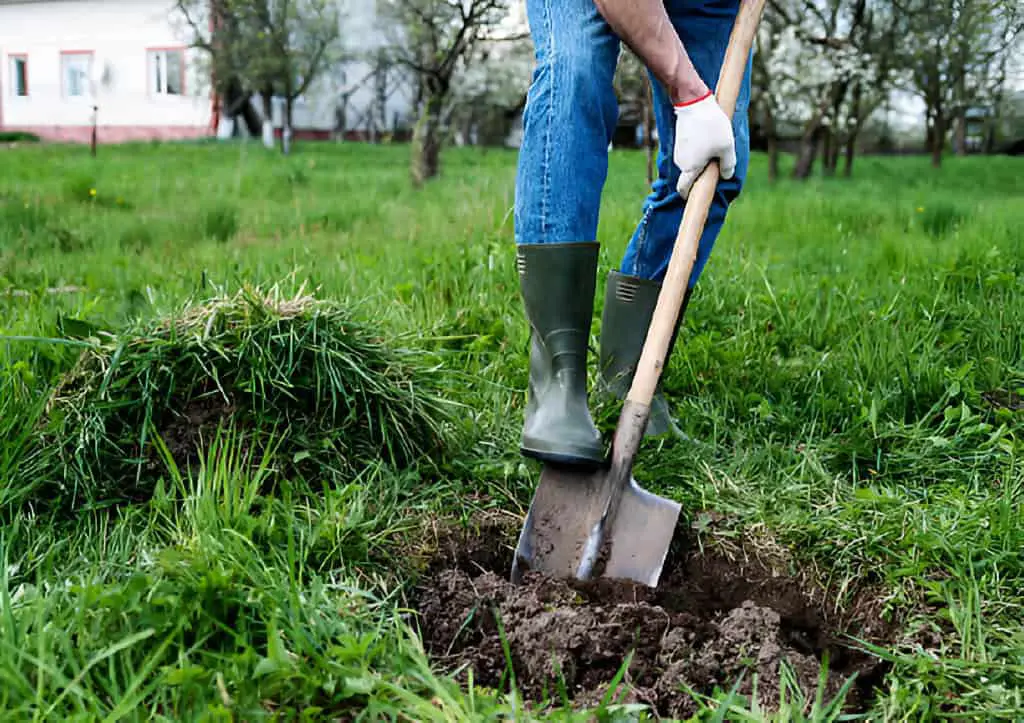
It’s the most obvious method to remove the grass, using a shovel and your muscle strength. If you’re ready to dig in and want an effective yet less expensive method for removing the grass, go for it. As it takes muscle strength, if you have a large lawn to remove grass from, you can do it in phases. Follow these steps to make the daunting job fairly easier:
- Take a flat-edged or a lawn edging shovel to make the most penetration and effectively remove the grass off the land.
- Mark the area you’re going to shovel on, use a rope, spray paint for the lining, or even use the shovel to make a straight line.
- Start the digging process from an edge of the land instead of the middle; it will make the collection easier.
- Stick the shovel into the soil below the grassroots and pry it up to loosen up the grass entirely.
- Continue doing it up to the end of the previously marked area and complete removing the grass.
- Come back to the starting point once the digging is complete and collect the grass and dump.
2. Use a Sod Cutter
If you’re not into a manual process to remove the grass or don’t have that much time, use a sod cutter. A power sod cutter will effectively tear up the ground and collect the grass within a very short time. You can use a sod cutter the way you use a lawnmower, as it also has a similar working style. The removal process after cutting the sod off the ground is also easier with this machine. You can roll up the grass bed, collect them into a basket, and dump them away without wasting much time.
3. Embrace Mulching Techniques
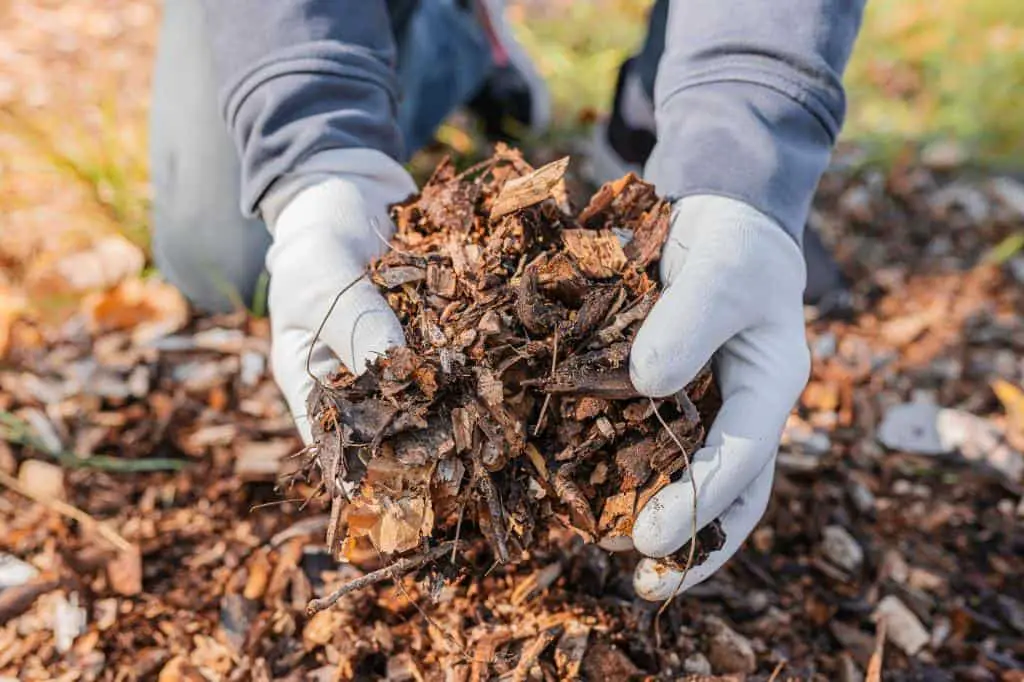
Mulching is an effective way to suppress grass growth while enhancing the beauty of your landscape. Various mulching materials, such as wood chips, gravel, and stones, can be used to create a functional and attractive surface. Wood chips are excellent for gardens, providing a natural look and gradually enriching the soil. Gravel and stones, on the other hand, are ideal for pathways or decorative beds, offering durability and low maintenance.
The benefits of mulch extend beyond aesthetics. Mulch is vital for weed control. It blocks sunlight and stops weed seeds from germinating. Also, it helps retain moisture in the soil. This reduces the need for frequent watering, especially in hot weather. This dual function makes mulch an essential component of any effective lawn management strategy.
To apply mulch effectively, start by clearing the area of any existing grass and weeds. Then, spread a layer of mulch about 2 to 4 inches thick, ensuring it doesn’t touch plant stems to prevent rot. Regular maintenance will keep your mulch fresh and effective. This will let you enjoy a grass-free landscape with minimal effort.
4. Till the Lawn Under
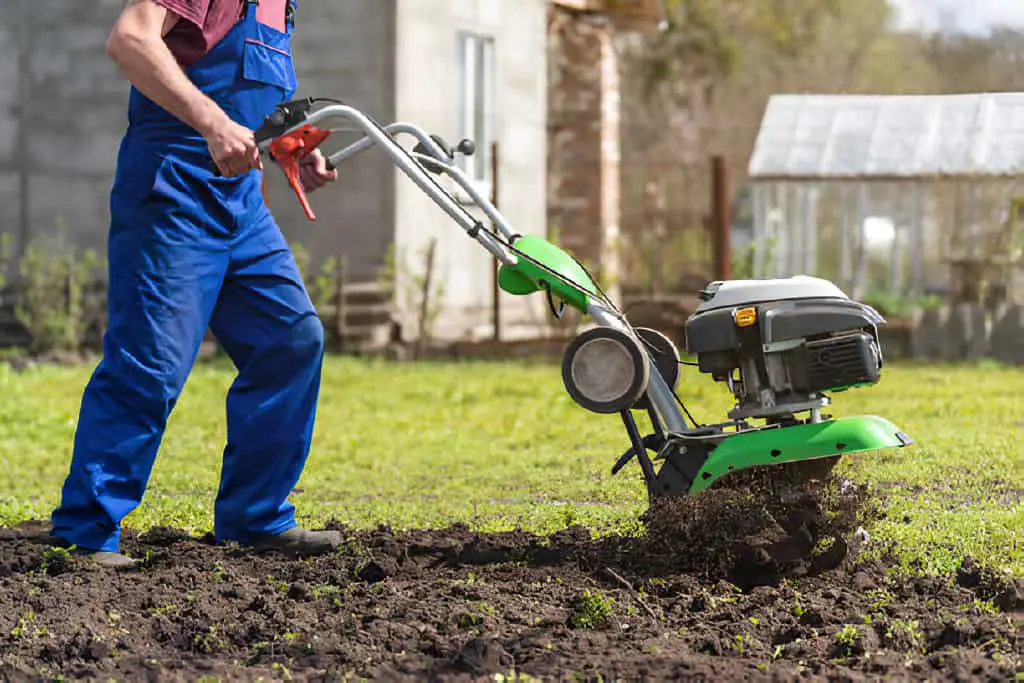
You can also use a power tiller to remove the grass permanently from your land easier and quicker. A tiller will stir the soil, including the grass, on the ground, and put the grass with the root.
You have to use the tiller machine with care as it has an aggressive way of working. Wear the right protective equipment; don’t leave the tiller unattended while running.
Power tillers have blades under the hood; you must keep an eye on the sprinkler heads and irrigation lines. If you don’t feel you can pull it as a beginner, you can hire a professional or who has experience.
Utilize Herbicides Safely
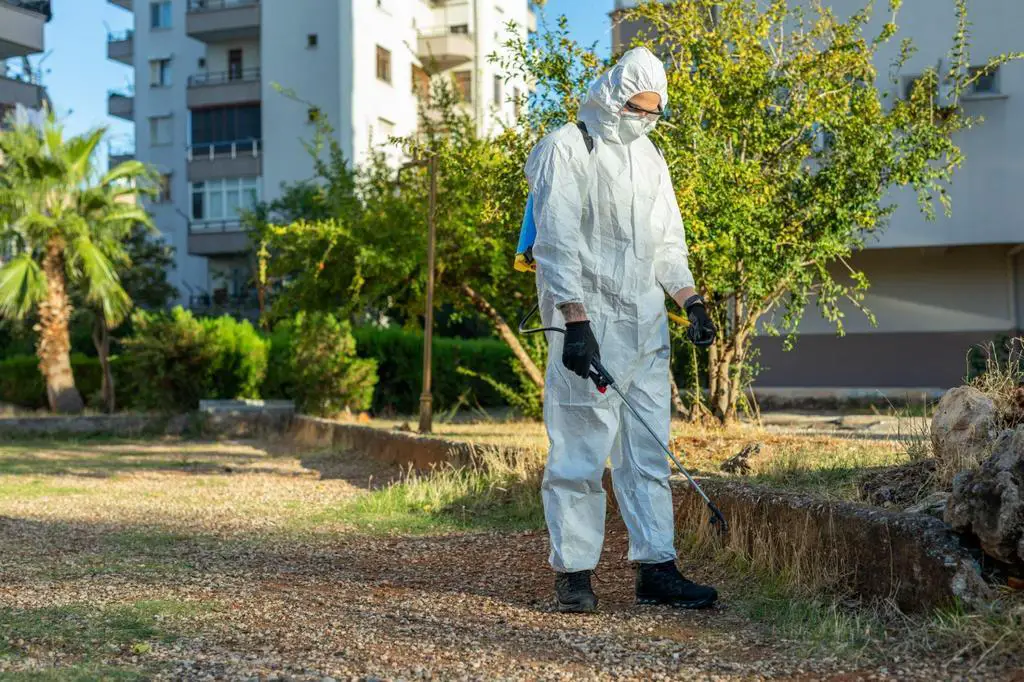
For homeowners seeking quicker results in grass removal, herbicides offer an effective solution. Chemical alternatives can effectively kill unwanted grass and weeds. They will quickly transform your landscape.
There are several types of herbicides for residential use. Selective herbicides kill specific plants without harming desirable ones. Non-selective herbicides eliminate all vegetation they touch.
When choosing herbicides, select products labeled for residential use. They are safe for home environments. Popular options include glyphosate for broad control. Pre-emergent herbicides prevent weed seeds from germinating. Understanding the differences between these types can help you choose the right product for your specific needs.
However, safety should always be a priority when using herbicides, especially around pets and children. Always read the label for application guidelines. Wait the recommended time before letting kids or pets back into treated areas. Wearing protective gear, such as gloves and masks, can further minimize risks.
These safety precautions let you use herbicides and keep your family safe.
| Related: How to Plant & Get Grass to Grow After Forestry Mulching? |
Final Thought
Making use of land by building an edible garden is far better than having useless grass on it. You’re not only getting a better healthy supply but also helping the planet and the birds with a more natural food source. If you’re making better use of your ground and asking how do I permanently get rid of grass, I hope this article helped you.
You can use your imagination on how you want to renovate your land and make it a beautiful garden. Depending on how you’re planning, you can also plan to keep some of the grass and make a pathway with them as well.
Frequently Asked Questions
Here are the most common questions about removing grass permanently. You may find them helpful. They explain the process.
Does Salt Kill Grass permanently?
A direct application of salt into the grass tissue can effectively kill the grass and prevent it from regrowing. You have to apply salt in an extra amount to the grass bed after mixing with water.
Will bleach kill grass permanently?
Applying bleach on the ground will increase the soil’s pH level enough to kill anything on it. You shouldn’t use it if you’re planning to grow other plants or have other plants on the land.
Will vinegar and soap kill grass?
Vinegar itself can raise the pH level of the soil and kill weeds and grass. You can mix the vinegar with detergent soap and apply it with a sprayer directly on the grass.

